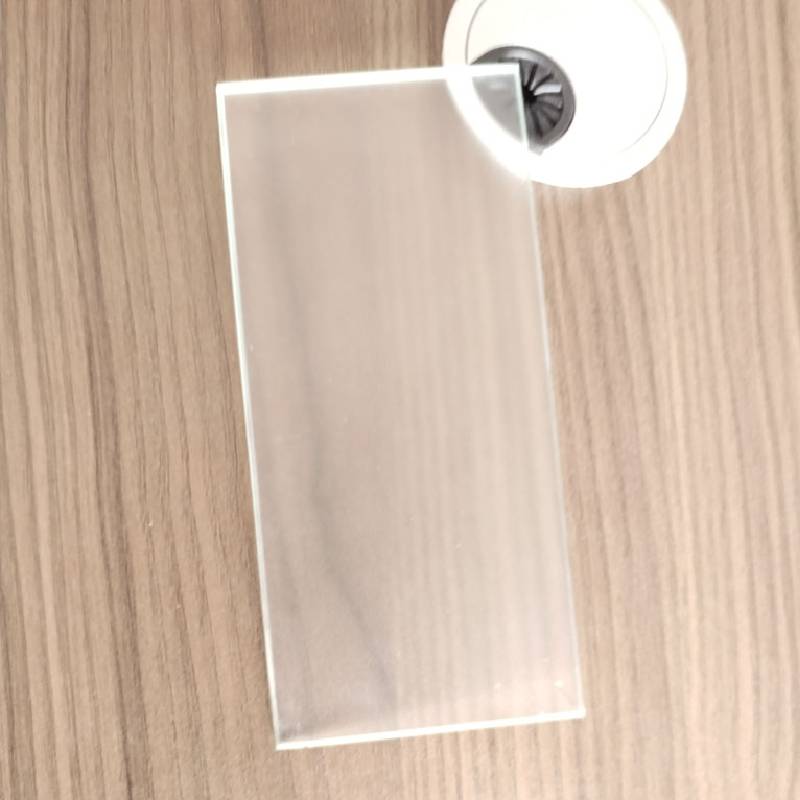The Role of Float Glass in Modern Construction
Float glass, a widely utilized building material, has earned its reputation as a staple in modern construction practices due to its unique properties and versatility. This clear glass, manufactured through the float process where molten glass is floated on molten tin, creates a surface that is not only smooth and uniform but also visually appealing. As construction continues to evolve, the use of float glass has shifted towards a more sustainable and efficient approach, cementing its place in various architectural designs.
One of the primary advantages of float glass is its excellent optical clarity. This property allows for maximum light transmission, making it ideal for windows, facades, and skylights. In urban environments, where space can be limited, float glass solutions can enable natural daylighting, reducing the dependence on artificial light sources. As a result, energy consumption is minimized, contributing to more sustainable building practices.
The Role of Float Glass in Modern Construction
Safety considerations also play a significant role in the adoption of float glass in construction. Though delicate in appearance, float glass can be treated to withstand impact and thermal stress. Tempered or laminated float glass options provide enhanced strength, making it suitable for high-rise buildings and areas prone to extreme weather conditions. Local building codes often require such safety features, ensuring a durable and secure built environment.
float glass used in construction
Moreover, float glass can easily be customized to meet specific design requirements. It can be cut, shaped, and treated to fit various architectural features without compromising its structural integrity. From curved glass facades to intricate patterned designs, the flexibility of float glass allows architects to explore creative possibilities and push the boundaries of contemporary design.
The environmental impact of float glass production and its lifecycle is another crucial aspect. Glass is 100% recyclable, and using recycled materials in manufacturing can significantly reduce energy consumption and raw material use. In construction, using float glass made from recycled content aligns with the principles of sustainable building and waste reduction. Projects that incorporate glass recycling contribute not only to environmental stewardship but also to the circular economy.
The demand for float glass in construction has soared, especially with the increasing popularity of green building certifications like LEED (Leadership in Energy and Environmental Design). Many modern structures are designed with energy-efficient systems and materials, and float glass seamlessly integrates into these frameworks. Features such as solar control glazing, which minimizes heat gain while maximizing natural light, have become essential in designing energy-efficient buildings.
In conclusion, float glass serves as a fundamental component in modern construction, blending aesthetics, functionality, and sustainability. Its exceptional clarity, energy efficiency, safety features, and versatility position it at the forefront of architectural innovation. As the construction industry continues to address environmental challenges and energy concerns, float glass will undoubtedly remain a critical material—one that not only enhances the beauty of our built environment but also contributes to a more sustainable future. Continued research and development in float glass technology promise to unlock even more potential, making it an enduring choice for architects and builders worldwide.
 Afrikaans
Afrikaans  Albanian
Albanian  Amharic
Amharic  Arabic
Arabic  Armenian
Armenian  Azerbaijani
Azerbaijani  Basque
Basque  Belarusian
Belarusian  Bengali
Bengali  Bosnian
Bosnian  Bulgarian
Bulgarian  Catalan
Catalan  Cebuano
Cebuano  Corsican
Corsican  Croatian
Croatian  Czech
Czech  Danish
Danish  Dutch
Dutch  English
English  Esperanto
Esperanto  Estonian
Estonian  Finnish
Finnish  French
French  Frisian
Frisian  Galician
Galician  Georgian
Georgian  German
German  Greek
Greek  Gujarati
Gujarati  Haitian Creole
Haitian Creole  hausa
hausa  hawaiian
hawaiian  Hebrew
Hebrew  Hindi
Hindi  Miao
Miao  Hungarian
Hungarian  Icelandic
Icelandic  igbo
igbo  Indonesian
Indonesian  irish
irish  Italian
Italian  Japanese
Japanese  Javanese
Javanese  Kannada
Kannada  kazakh
kazakh  Khmer
Khmer  Rwandese
Rwandese  Korean
Korean  Kurdish
Kurdish  Kyrgyz
Kyrgyz  Lao
Lao  Latin
Latin  Latvian
Latvian  Lithuanian
Lithuanian  Luxembourgish
Luxembourgish  Macedonian
Macedonian  Malgashi
Malgashi  Malay
Malay  Malayalam
Malayalam  Maltese
Maltese  Maori
Maori  Marathi
Marathi  Mongolian
Mongolian  Myanmar
Myanmar  Nepali
Nepali  Norwegian
Norwegian  Norwegian
Norwegian  Occitan
Occitan  Pashto
Pashto  Persian
Persian  Polish
Polish  Portuguese
Portuguese  Punjabi
Punjabi  Romanian
Romanian  Russian
Russian  Samoan
Samoan  Scottish Gaelic
Scottish Gaelic  Serbian
Serbian  Sesotho
Sesotho  Shona
Shona  Sindhi
Sindhi  Sinhala
Sinhala  Slovak
Slovak  Slovenian
Slovenian  Somali
Somali  Spanish
Spanish  Sundanese
Sundanese  Swahili
Swahili  Swedish
Swedish  Tagalog
Tagalog  Tajik
Tajik  Tamil
Tamil  Tatar
Tatar  Telugu
Telugu  Thai
Thai  Turkish
Turkish  Turkmen
Turkmen  Ukrainian
Ukrainian  Urdu
Urdu  Uighur
Uighur  Uzbek
Uzbek  Vietnamese
Vietnamese  Welsh
Welsh  Bantu
Bantu  Yiddish
Yiddish  Yoruba
Yoruba  Zulu
Zulu 

